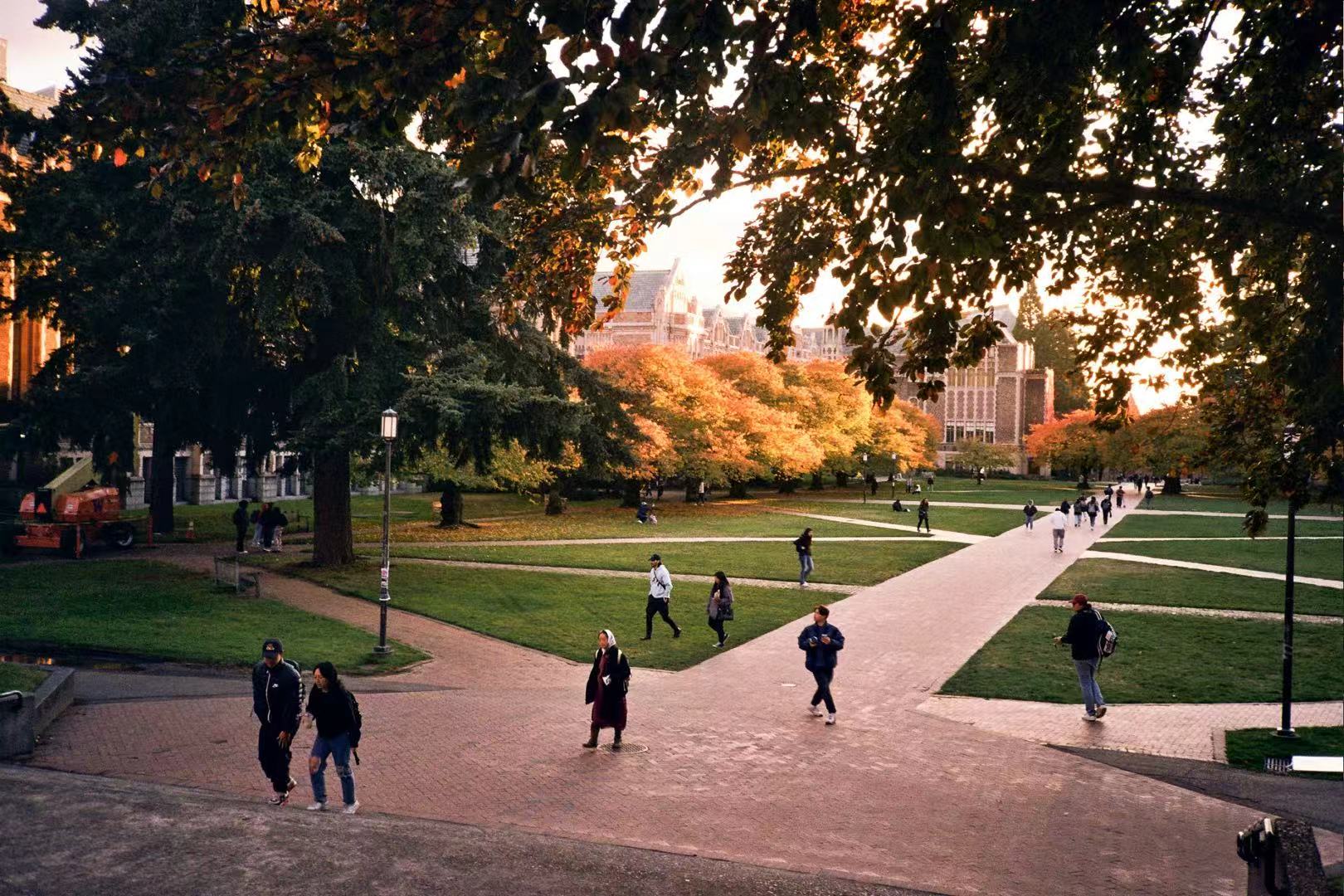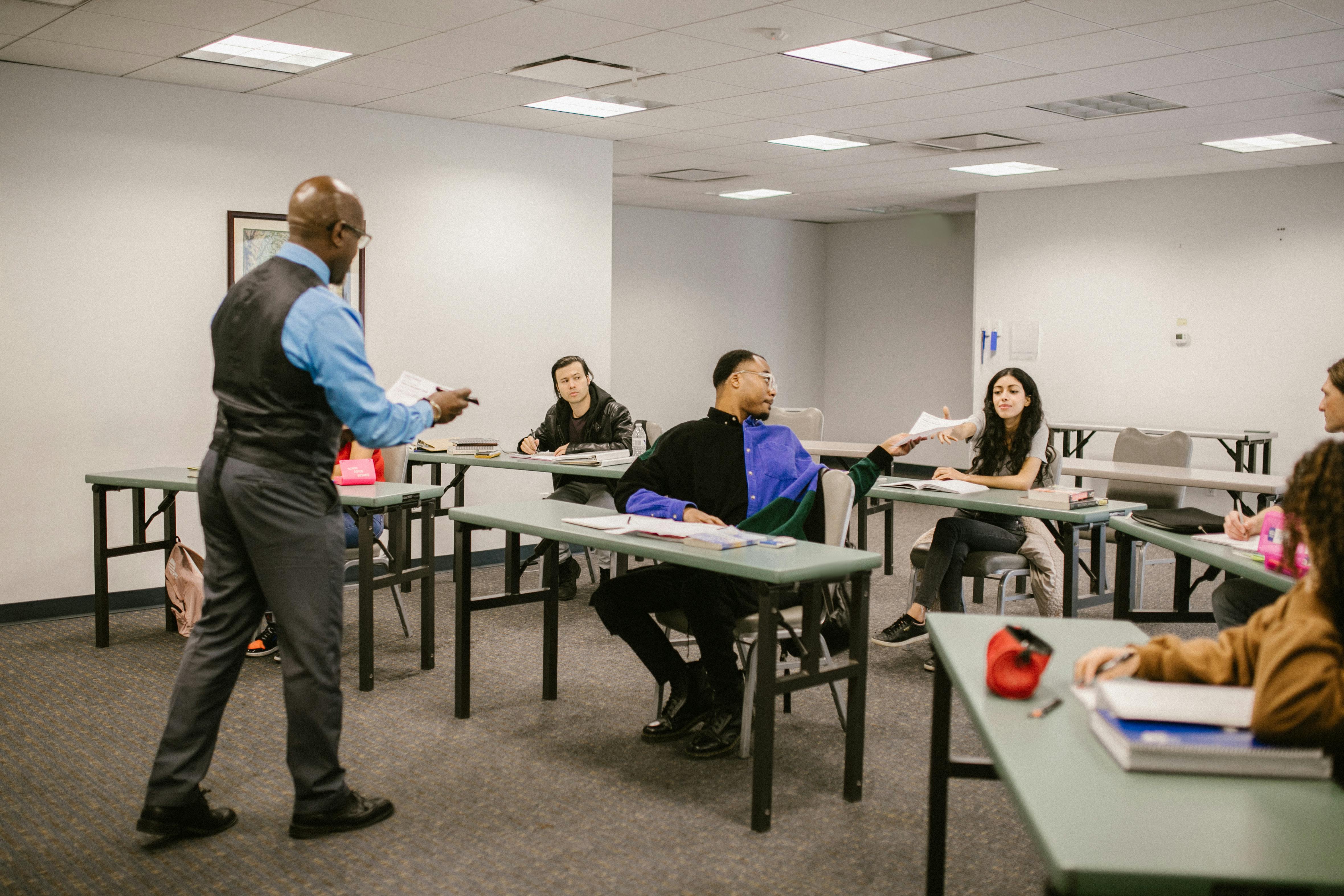Renowned for its high-quality education, America is a sought-after education destination for students both domestic and international. However, do you know how many colleges are in the US? How are they classified? And how to choose an ideal one? This blog will give you a guide about the number of colleges in the US, the different types of colleges, and how to choose the best one. Let’s dive in!
Key Takeaways
1. There are approximately 6,000 colleges in total in the United States.
2. About two thirds of the colleges are degree-granting institutions.
3. Among the degree-granting colleges, most are private four-year institutions.
How Many Colleges are in the US?
The number of colleges in the United States are approximately 5999, which include private and public colleges, degree-granting and non degree-granting institutions, as well as four-year and two-year colleges, community colleges, etc. The number is not fixed, especially in recent years, it has decreased significantly due to various factors. However, there are still many choices for students. How can a student find the most suitable one, that’s what we are going to guide you.
Degree-granting vs Non degree-granting
There are approximately 4,000 degree-granting postsecondary institutions in the United States. Among them, there are two-year and four-year colleges, as well as public, private, nonprofit and for-profit institutions. Degree-granting institutions offer an associate’s degree.
Non degree-granting institutions typically focus on conferring certificates or diplomas, often in technical or vocational areas of study.
Both types of colleges can be “Title IV” institutions.
How Many Public Universities are in the US?
There are 1,625 public four-year and two-year colleges in the United States. Public colleges typically have cheaper tuition fees than private ones. Public colleges have larger student bodies, and the financial aid is more merit-based scholarships. Flagship State Universities, some Liberal Arts Colleges, and Technical and Specialized Public Schools are public.
College vs University
Many people may be confused about the differences between college and university. The terms are often used interchangeably in casual conversation, but they have distinct meanings in formal contexts.
College: Colleges are typically those that offer undergraduate degrees (Bachelor’s) and associate degrees. Usually focusing on teaching rather than research. They have a smaller size, and fewer programs.
University: Universities offer both undergraduate and graduate degrees (Master’s, PhD), and they often tend to focus on research projects, University is composed of multiple colleges or schools. They offer larger, and more diverse programs.
Key Notes: Going to college is a common phrase for attending any higher education, and some universities would call themselves a college.
Classification of Colleges by Type
How many colleges are in the US? knowing the number is not enough. Colleges in the United States can be categorized into various different types. Public and private, profit and non-profit, four-year and two-year. Below we provide you with detailed information on numerous type of colleges.
The Ivy League Institution
Before heading to the detailed classification, let’s have a look at the famous Ivy League Institutions. Whenever people talk about universities in America, Ivy League Institutions come to mind first. Known as elite institutions, the Ivy League Institution is a group of 8 prestigious private universities in the northeastern United States, known for their academic excellence, rich resources, selective admissions, historic prestige, and influential alumni networks. Below we list the 8 Ivy League Universities, their locations and establishment time.
Harvard University: Cambridge, MA (1636)
Yale University: New Haven, CT (1701)
University of Pennsylvania (UPenn): Philadelphia, PA (1740)
Princeton University: Princeton NJ (1746)
Columbia University: New York, NY (1754)
Brown University: Providence, RI (1764)
Dartmouth College: Hanover, NH (1769)
Cornell University: Ithaca, NY (1865)
Other Classifications
| Type | Number |
|---|---|
| Public | 1625 |
| Private | 2357 |
| Type | Number | Examples |
|---|---|---|
| Private Nonprofit | 1660 | Harvard, Stanford, NYU, USC, BYU… |
| Private for-profit | 697 | University of Phoenix, Grand Canyon University, Capella University… |
| Years of Study | Number | Example |
|---|---|---|
| Private four-year | 1907 | Elite Ivy League, NYU, William College… |
| Private two-year | 450 | Typically vocational-focused like Berea College, Paul Quinn College… |
| Public four-year | 772 | State-funded, cheaper for in-state students, like the University of Michigan, UC Berkeley, UVA… |
| Public two-year | 853 | Community colleges like Santa Monica College, Lone Star College, Miami Dade College… |
Public vs Private
Public College: Funded by the state government. Examples include Flagship State Universities such as the University of California, Berkeley, the University of Michigan, and the University of Virginia, as well as some Liberal Arts Colleges, including the College of William & Mary, and the University of Mary Washington.
Private College: Funded by tuition, donations, and endowment. The Ivy League Institutions as well as other Liberal Arts Colleges like Williams College, Amherst College, and Pomona College are private institutions.
Many colleges in the US are private four-year institutions. Universities like the Ivy League Institutions, as well as other prestigious universities like Northwestern University, Duke University, Johns Hopkins University, and the California Institute of Technology (Caltech) are private 4-year universities. Public two-year schools are usually those community colleges.
Geographic Distribution Characteristics
1.States like California, New York, Texas, and Pennsylvania are among the states with the most colleges and universities. Each state has more than 200 institutions, and California is the only state to have more than 300, and most of the universities are located in San Francisco , Berkeley and Los Angeles.
2.There are over 1 million colleges students studying in the state of California, New York, and Texas. California and Texas are also home to three of the largest public universities in the US: the University of California, California State University, and the University of Texas.
3.States like Alaska, Delaware, and Wyoming are among the states with the fewest colleges and universities. Each state has fewer than 10 institutions and serves fewer than 61,000 students.
Choosing Your Ideal University
After knowing how many universities in the US and the classifications of these colleges, it’s time to choose your ideal university. However, choosing the most suitable one for you among thousands of options can be a challenging task. Many students have no clue where to start and how to choose. Don’t worry, below, we have listed the essential factors you need to consider.
Location: Which state you want to go, and your preference to study in urban or suburban.
Ranking: Ranking is an effective way to know about the general information about the school you want to attend. There are global rankings like QS Ranking and domestic rankings you can refer to.
Academic Programs: Ranking isn’t everything, some colleges may not have a good ranking but offer very excellent academic programs or a strong research focus, making them a good choice as well.
Accreditation: Accreditation is one of the important factors. Institutions with good accreditation are widely recognized by both society and employers.
Tuition and Cost: Whether you can afford the tuition and living expense is also a consideration. Private colleges are generally more expensive than public colleges in terms of tuition. However, living costs can vary significantly based on financial aid, residency status and other factors.
Job Placement: How can the college help develop skills and help you find a future job easily. Job placement is a crucial factors you need to consider.
Personal Interest: Ask yourself what your interest is. Studying a major you don’t like for years can be torture for you.
Acceptance Rate: Everybody wants to attend top-tier universities, but top-tier also means highly competitive. Check the acceptance rate and evaluate your eligibility in advance to ensure a smooth application process.
Study Style and Mode: Colleges provide programs with different duration and study mode for students, some offer online programs as well. Always check the detailed information on the college website.

What Drives College Closures?
As mentioned above, there is no fixed answer to how many universities are in United States. The number dropped significantly in recent years. Many U.S. colleges are closing due to the financial difficulties and declining enrollment. Among them, small private schools struggle the most, as they depend heavily on tuition and lack substantial savings. With less demand for liberal arts programs and more students choosing job-focused or online programs, some schools struggle to compete. Iowa Wesleyan and Cabrini University are examples. While others merge or cut programs to survive, financial instability remains the primary cause of their struggles.
Alternative Education Pathways
For many people, attending college immediately after graduating from high school is the preferred choice. However, going to college is not the only pathway. Options like coding bootcamps have become popular alternatives recently. Those skill-building programs are also crucial for society, as they can broaden prospects for individual advancement outside of conventional degree frameworks.
FAQs:
In the 2020-2021 academic year, there are approximately 6,000 degree-granting postsecondary institutions, a decrease from over 7,000 in the 2010-2011 academic year.
There are 2,637 four-year colleges in the United States according to the number of 2020-2021 academic year.
According to the US News & World Report, the Princeton University is ranked first in National Universities. It’s located in Princeton, New Jersey. However, in the QS ranking, MIT is ranked the 1.
California has the most colleges, with approximately 500 institutions. Famous colleges like UCLA, Stanford University, University of Southern California.
California. Because California has the most colleges. And there are almost 2.6 million students enrolled in these schools on campus and online.
Western Governors University (WGU) has the most students. There were 147,866 students enrolled in the fall of 2020.
Harvard University is considered the hardest college to get into. Other highly competitive institutions include MIT, Stanford University, Yale University, and Princeton University.
Washington University in St. Louis and High Point University stand out as university with the best dorms. They offer a variety of amenities like dining facilities, fitness centers, and recreational spaces. They are known for their comfortable living conditions.








